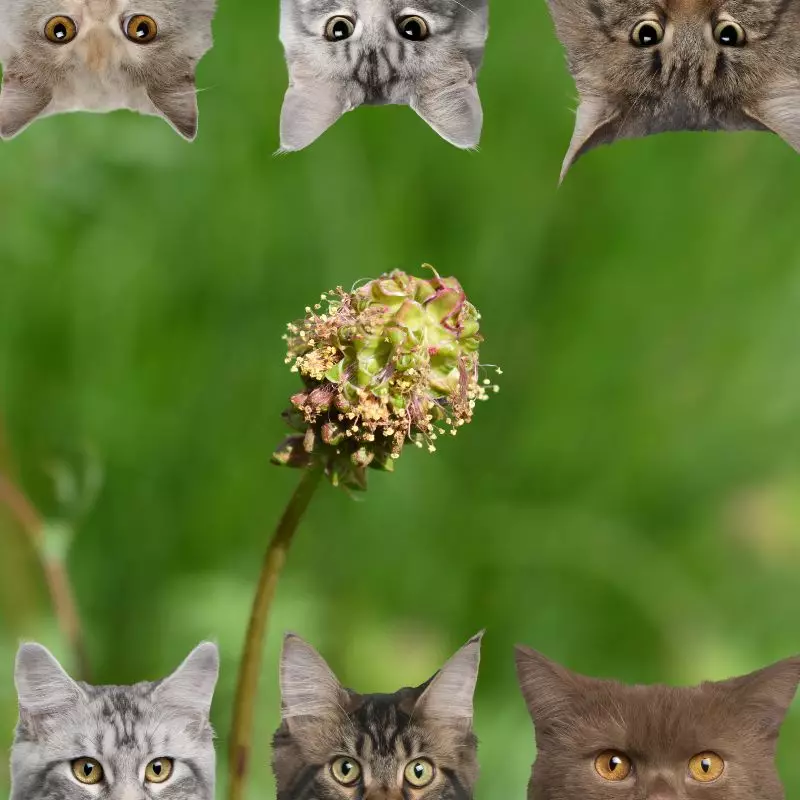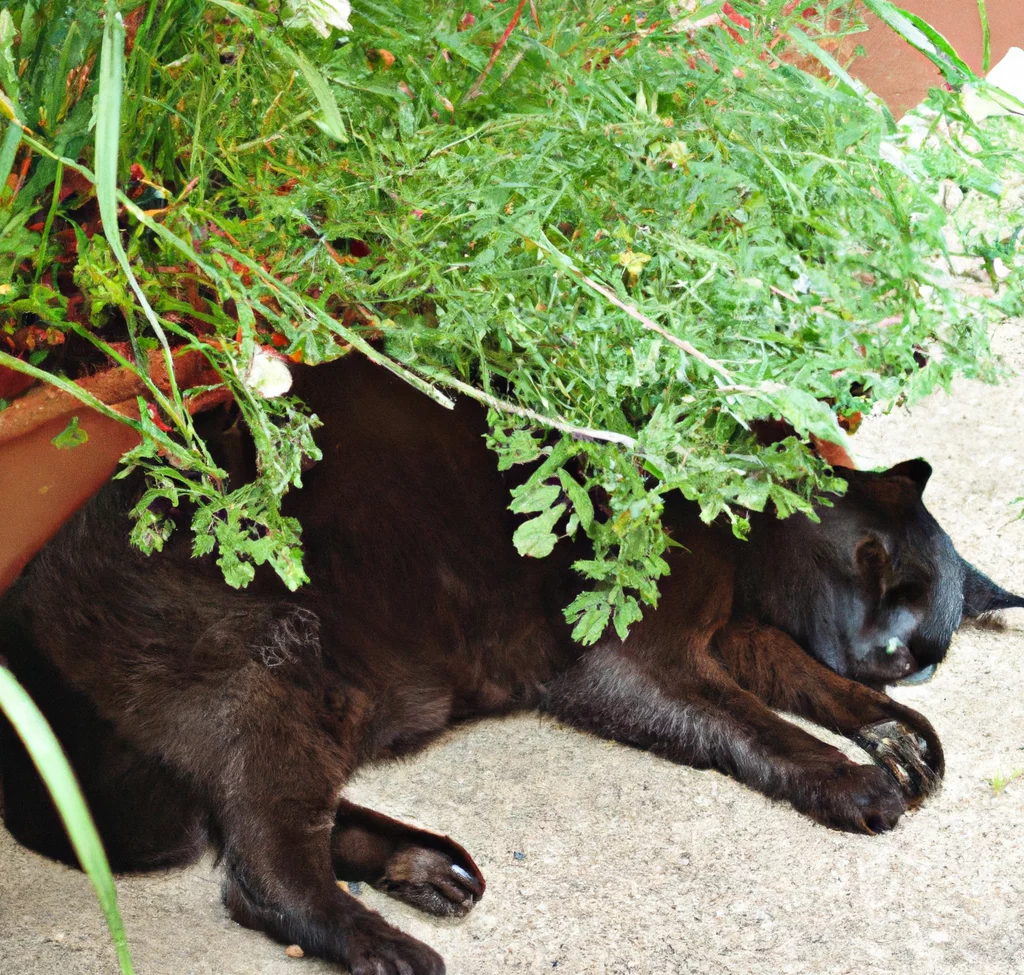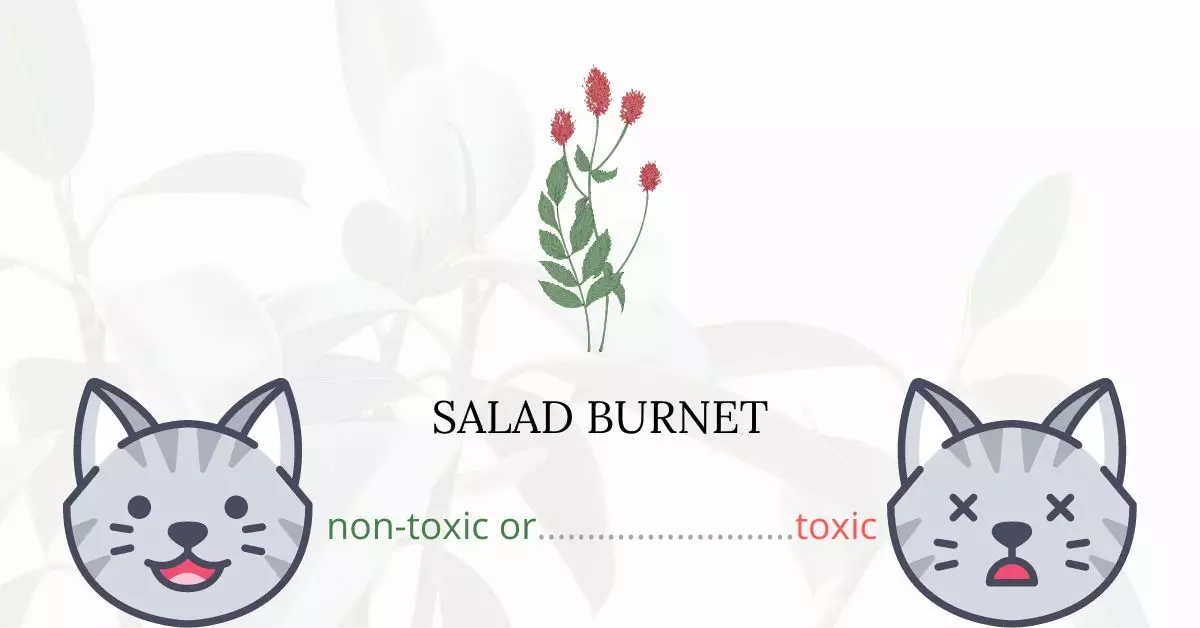Salad Burnet is not toxic for cats and has been recognized as “pet-friendly.” However, moderation is crucial, as excessive consumption of any plant material can lead to digestive issues in pets.
This article has been crafted in collaboration with a team of experienced DVMs (doctors of veterinary medicine). Their expertise and insights have enriched our content, ensuring that we provide accurate and current data concerning the potential risks of various plants, particularly Salad Burnet, for cats. For added verification, we also consulted high-authority sources such as the ASPCA and PetMD to ensure comprehensive coverage and accuracy.
Can Cats Eat Salad Burnet?

Using Salad Burnet near your cats is safe. Many herb species are safe for your furry buddy to enjoy, which is fortunate because some felines will happily munch on your herbs and plants.
Despite the ASPCA’s helpful list of non-toxic and hazardous plants, you shouldn’t give a new plant to your cat unless you’ve first spoken to a veterinarian about its safety. Your pet may be more susceptible to the negative effects of even a harmless herb if they have an allergy or other health issues.
What is Salad Burnet?

Salad Burnet is an edible perennial herbaceous plant in the family Rosaceae. The distinctive crimson, spherical flower clusters stand considerably above the leaves on narrow stems, and it has ferny, toothed-leaf foliage. It typically reaches a height of 25 to 55 cm (depending on moisture; in dry locations, it can reach as low as 2 cm). Due to its huge, long (possibly 1 m or 3 feet) taproots that store water, it is drought-tolerant.
It is evergreen or semi-evergreen; in warmer areas, it grows all year round; in colder climes, it retains its green color until a significant amount of snow has fallen. Early June is when burnet blooms.
The salad burnet is a native of Siberia, northwest Africa, southwest Western Asia, and western, central, and southern Europe. Since the 16th century, it has become naturalized in Britain, although it is not native. Most of North America, South America, Australia, and New Zealand have also adopted it. Generally speaking, it coexists with other plants and increases species diversity without becoming invasive.
Keeping Cats Away From Salad Burnet

Although it won’t be much fun for the gardener, covering bare ground surrounding plants with prickly materials like coarse bark, twigs, pyracantha prunings, pine cones, conifer needles, and holly leaves will offer some protection. Cats prefer to dig in and stroll on soft, flexible soil.
For cats with delicate feet, a plastic carpet runner can act as a deterrent. Place your plant on top of the runner after flipping it over so the small cleats that help it grip the carpet now point upward. Even though the cleats are harmless, most cats won’t like feeling their paws pricked.
Plants to Avoid For Your Cats
If you are a cat owner and unsure if the plants growing in your yard are harmful to your cats, check out this list of toxic plants for cats. You can also check our list of non-toxic plants for cats.





